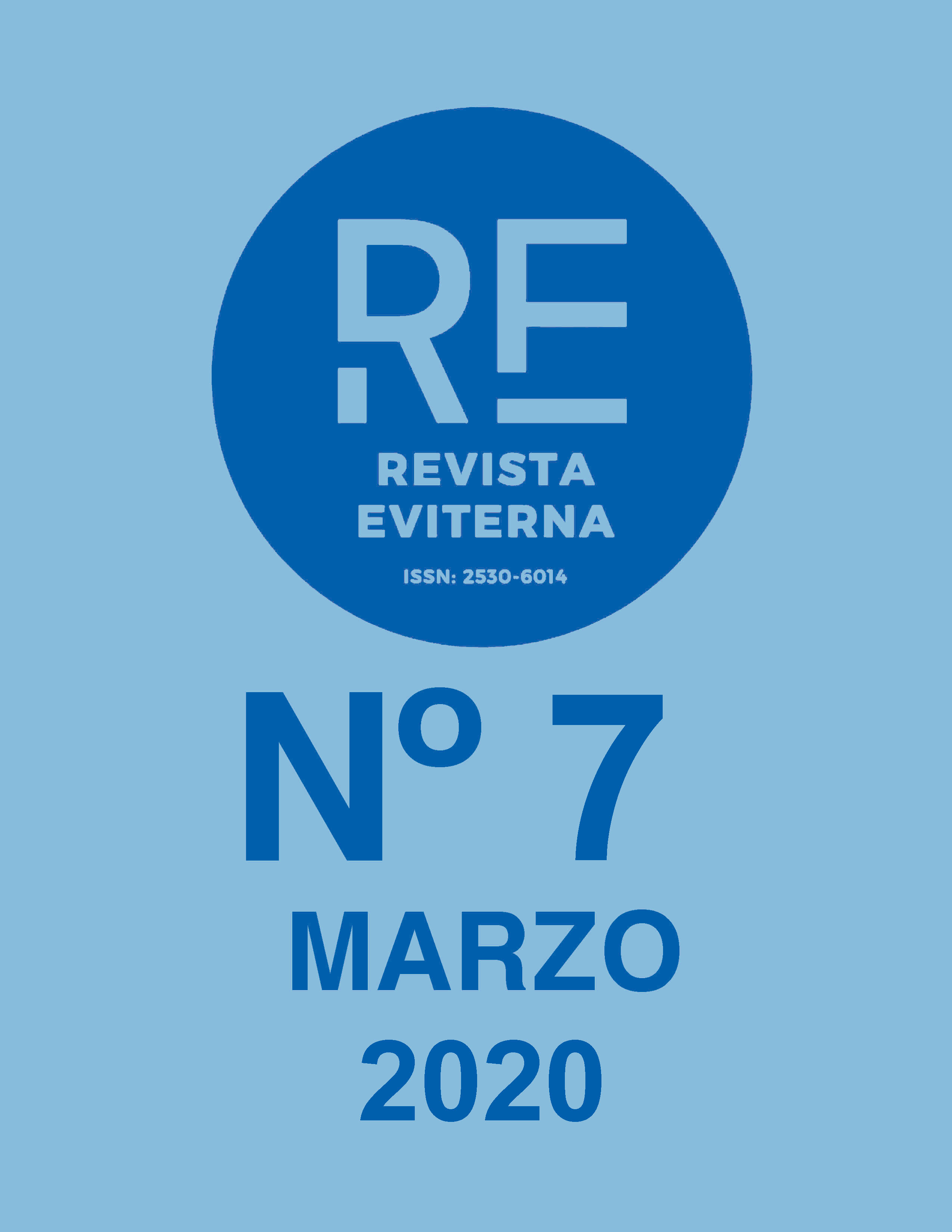Dominican female bildungsroman as an anthropological text of knowledge. Julia Álvarez and the experience of migration in the United States
DOI:
https://doi.org/10.24310/Eviternare.v0i7.8370Keywords:
Dominican literature; literature and woman; gender literature; migration and literature; anthropological literatureAbstract
The great human exoduses that took place between the three islands that make up the Hispanic Caribbean (Cuba, Puerto Rico and the Dominican Republic) and the United States throughout the second decade of the twentieth century originated a Caribbean territorialization of significant presence. This way, many texts began to testify the sociological processes of Caribbean migration and, at the same time, another literary typology of literature did start to focus on describing in detail the edges of female displacement. This is how How the García Girls lost Their Accents (1991), by Dominican-American author Julia Álvarez, has emerged as a canonical work of female Dominican displacement in the United States. However, far from being limited to occupying a place within the artistic corpusof female migration, the work may also be considered as an anthropological text of knowledge because of its intention of focusing exclusively on the integration of Dominican women in The United States, which also acts at two levels: testimonial genesis and commercial interest. The article, therefore, proposes to analyze Álvarez's work as an anthropological dissemination text following the annotations of Australian professor Joel S. Khan.
Downloads
Metrics
Publication Facts
Reviewer profiles N/A
Author statements
Indexed in
-
—
- Academic society
- N/A
- Publisher
- Universidad de Málaga
References
Álvarez, Julia. (1992[1991]). How The García Girls lost Their Accents. Nueva York: Plume Printing.
Bergad, Laid y Herbert S. Klein (2010). Hispanics in the United States. A Demographic, Social, and Economic History, 1980-2005, Estados Unidos, Cambridge University Press.
Dedeluze, Gilles y Claire Parnet (2007 [1977]). Dialogues II. Nueva York: Columbia University Press.
García, Cristina (1992). Dreaming in Cuban. New York: Ballantine Books.
Khan, Joel (1995).Culture, Multiculture and Postculture. Londres: SAGE Publications
Luis, William (1997). Dance Between Two Cultures: Latino Caribbean Literature Written in the United States. Nashville: Vanderbilt University Press.
- (2006). “Literatura latinoamericana (hispano-caribeña) escrita en los Estados Unidos”. Historia de la literatura hispanoamericana II. El siglo XX. Madrid: Gredos.
Martínez Gutiérrez, Josebe (2002). Las intelectuales de la Segunda República al exilio. Madrid: Daneyu.
Melgar Pernías, Yolanda (2012) Los Bildungsromane femeninos de Carmen Boullosa y Sandra Cisneros. Mexicanidades, fronteras, puentes. Wodbridge: Tamesis.
Mohr, Nicholasa (1973). Nilda. Huston: Arte Público Press
Ortiz Cofer, Judith (1986). Peregrina. Golden: Riverstone Press of the Foothills Arts Center.
Ortiz, Fernando (1983 [1940]). Del fenómeno social de la “transculturación” y de su importancia en Cuba. Contrapunteo cubano del tabaco y del azúcar. La Habana: Editorial de Ciencias Sociales.
Trupe, Alice (2011). Reading Julia Álvarez.Santa Bárbara: ABC-CLIO.
Downloads
Published
How to Cite
Issue
Section
License
All the contents published in Revista Eviterna are subject to the Creative Commons Reconocimento-NoComercia-Compartirigual 4.0 license, the full text of which can be found at <http://creativecommons.org/licenses/by-nc-sa/4.0>
They may be copied, used, disseminated, transmitted and publicly exposed, provided that:
The authorship and original source of your publication (Journal, editorial and URL of the work) are cited.
They are not used for commercial purposes.
The existence and specifications of this use license are mentioned.

Copyright is of two kinds: moral rights and patrimonial rights. Moral rights are perpetual, inalienable, inalienable, inalienable, inalienable and imprescriptible prerogatives.
In accordance with copyright legislation, Revista Eviterna recognizes and respects the moral rights of the authors, as well as the ownership of the economic right, which will be transferred to the University of Malaga for dissemination in open access.
The economic rights refer to the benefits obtained by the use or disclosure of the works. Revista Eviterna is published in open access and is exclusively authorized to carry out or authorize by any means the use, distribution, disclosure, reproduction, adaptation, translation or transformation of the work.
It is the responsibility of the authors to obtain the necessary permissions of the images that are subject to copyright.







12.png)



